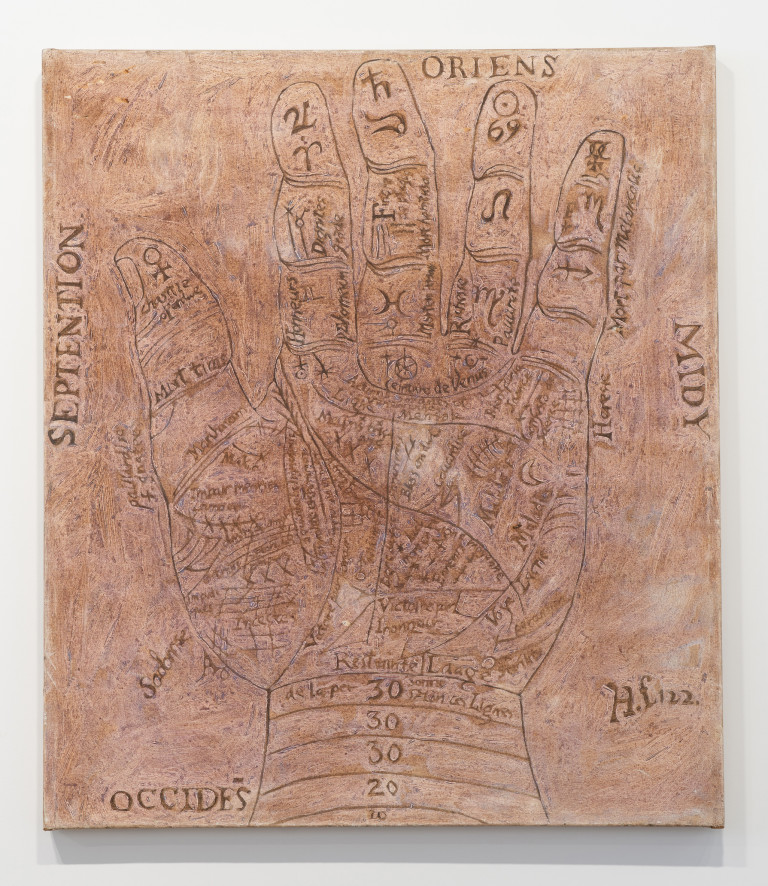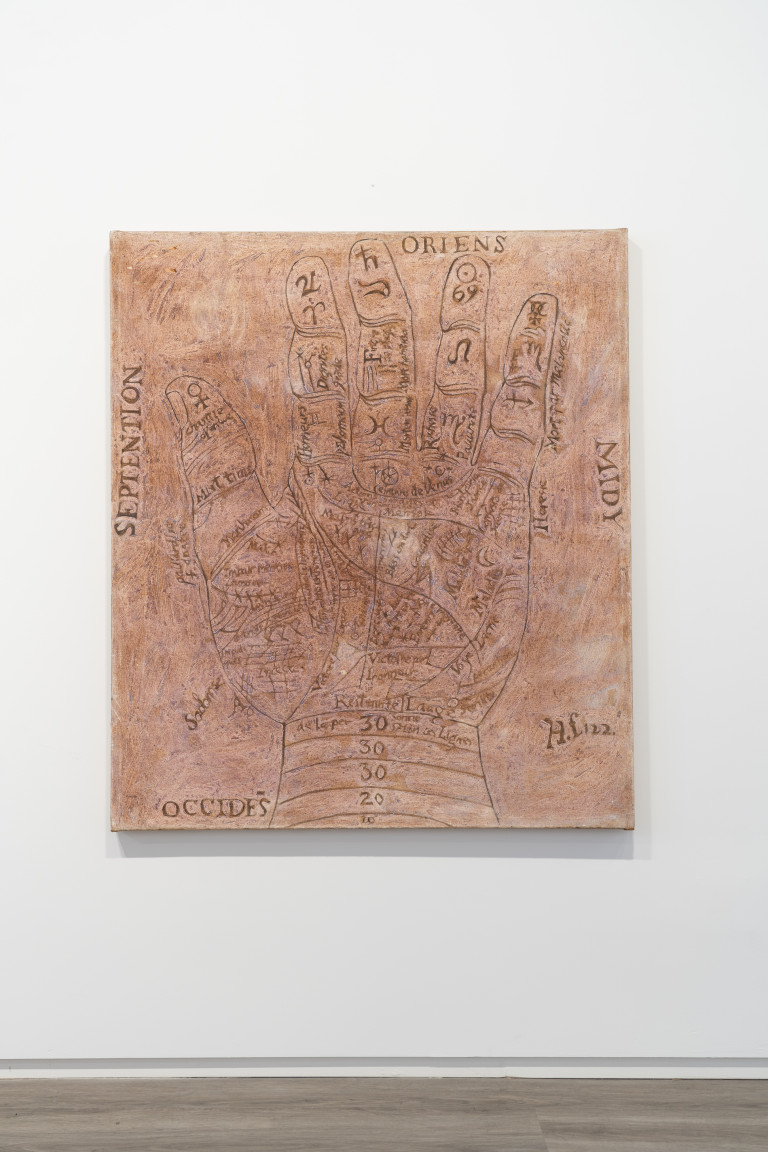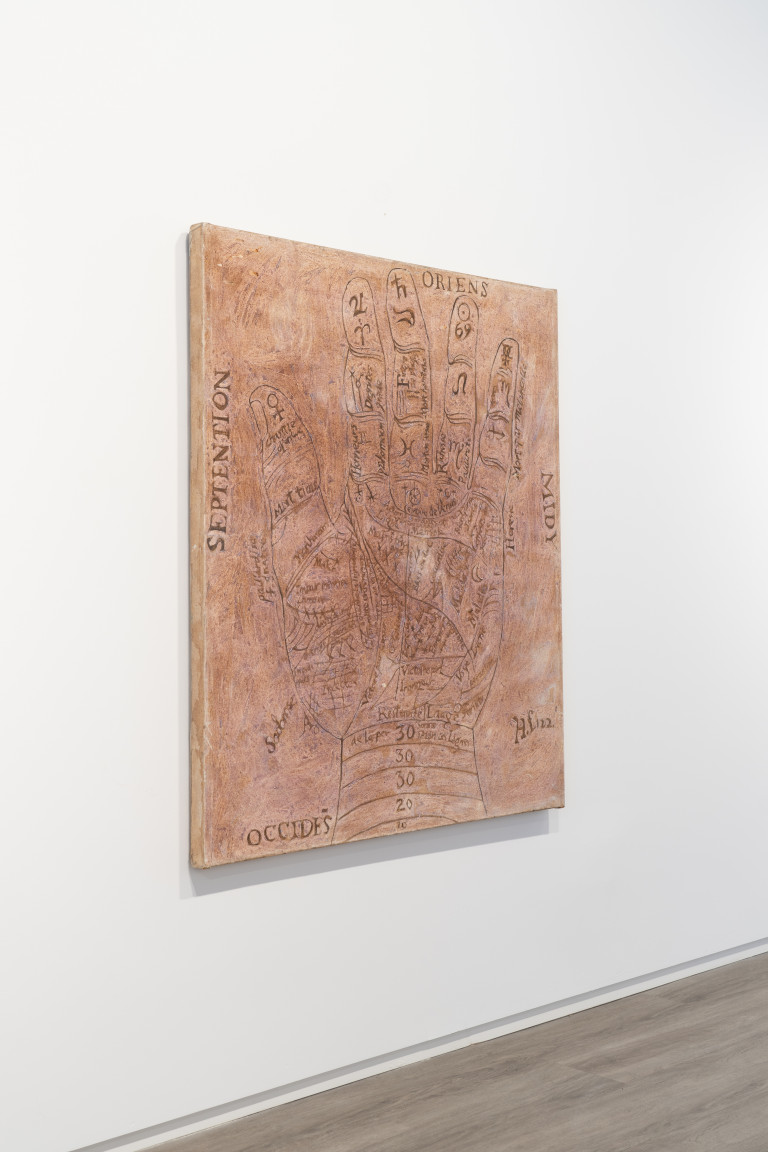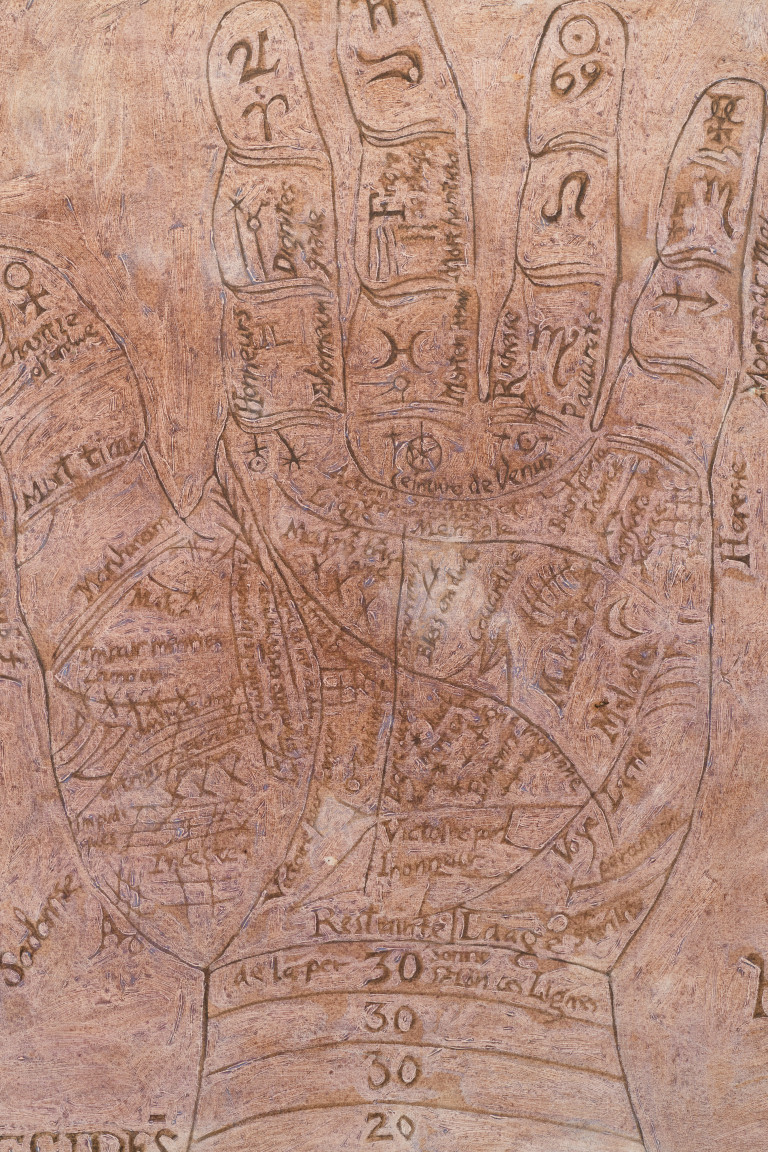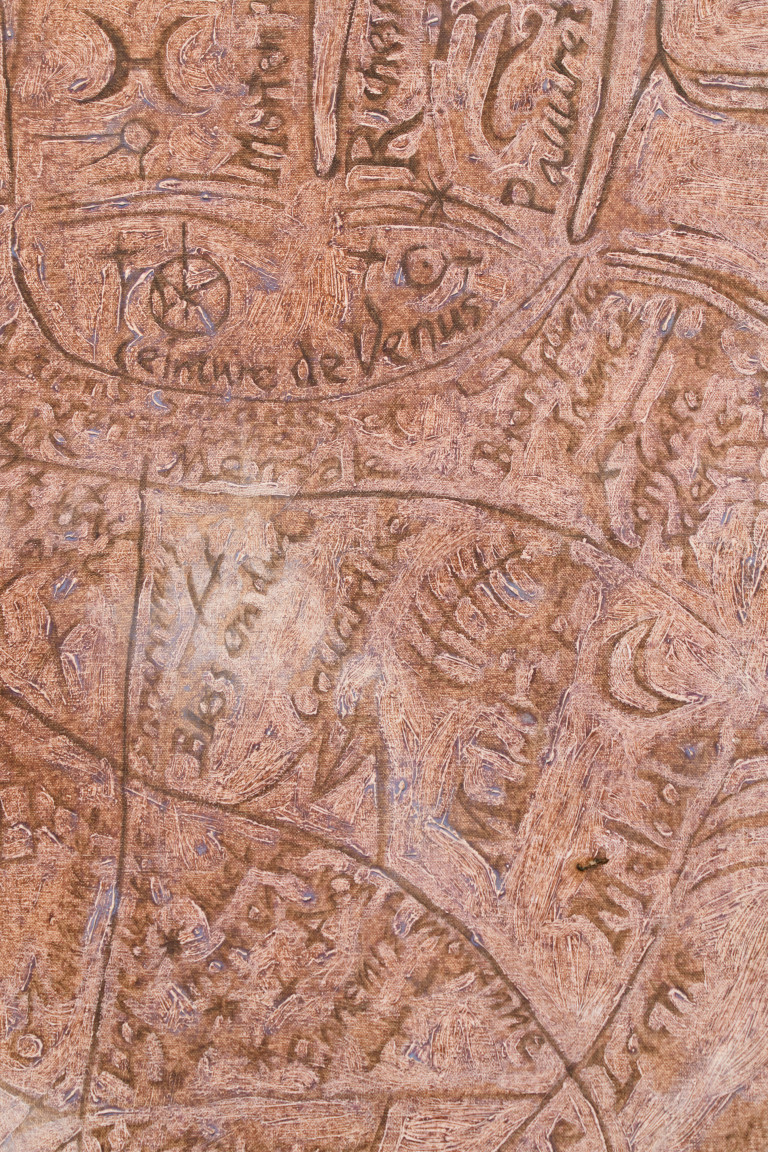Wally Hedrick (1928—2003) was a seminal American artist of 1950s California counterculture. It is difficult to discuss Hedrick’s work in general terms, because he strives to make each painting genuinely new and different and often destroys work that seems repetitive. Hedrick was known for his stylistically diverse paintings focused unflinchingly and humorously on politics, sex, religion and esoteric imagery.
A veteran of the Korean War, he was particularly contemptuous of America’s ongoing conflicts overseas and created the first artistic denunciation of American foreign policy in Vietnam by painting over his own paintings in black. Hedrick’s other contributions include pioneering artworks in mechanical kinetic sculpture, assemblage sculpture, Pop Art (he painted the American flag one year before Jasper Johns), and Funk Art. Later in his life, he was a recognized forerunner in Happenings, Conceptual Art, Bad Painting, Neo-Expressionism, and image appropriation.
The painting Lefthand, 1973, is based directly on a woodcut illustration by Jean Baptiste Belot, c.1640. Belot, an astrological chiromancer (palmist), published this illustration in an important anthology of his writings. The hand depicts various astrological correlations, including the radical innovation of ascribing each of the signs of the zodiac to each of the twelve phalanges of the fingers. The painting represents an early example of appropriation art, directly copying an existing (if obscure) image.
